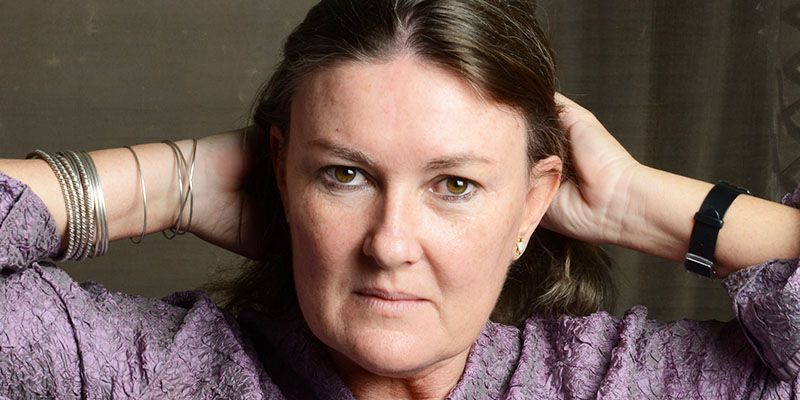Documenting India’s women and cultural heritage through her camera lens: Clare Arni
Clare Arni’s more than three decades of experience behind the camera lens sets her apart from many in the field of photography. Her images of women shared below show a keen eye for emotion, the skill to capture the simplicity and beauty of everyday lives and to understand women in all their avatars. What gives her the extra edge is that her work encompasses multiple genres be it architecture, travel, social documentary and/or cultural heritage.

Always wanting to be a photographer, she took on her first assignment when she was 22. At present, her focus is on documenting cultural heritage for books and personal work for exhibitions and on living traditions and practices that are disappearing due to globalization and urban growth.
Her work has been exhibited internationally at Vienna, Austria, London, New York and California and is part of the permanent collection of the Saatchi Gallery, London, the Freer/Sackler gallery of the Smithsonian Institute, Washington and Art Gallery of New South Wales, Sydney, Australia.
Born in Scotland to British parents, Clare’s family moved to Peru when she was three years old after which they moved to India. Clare was six years old then.

“I grew up in Madurai where my father worked for a textile company, so Tamil Nadu has had a profound effect on me and remains a place of great affection and inspiration especially in the continuation of its ancient traditions,” she says. Continuing this connect, she is working on several projects in Tamil Nadu at the moment, as well as six books that document cultural heritage in India

Vikasa, in Madurai, is the school that her parents had started initially from their house, where she did her schooling from. Though the school moved to larger premises when it grew, it is still around today, reveals Clare.
Clare was born in Scotland but India is her home. This is where she belongs. At the age of 13 she was packed off to a boarding school in England by her parents. “I was miserable and out of place there and could not wait to get back to India. I went to a university in Scotland where I did history of art and film and media studies; the day I graduated I got straight on a flight back to India. I could not wait to get back home.”
Not one to be restricted to an office, Clare travels a lot for work. The last two times I spoke with her she was in Madurai and then travelling to Rajasthan. She enjoys working outside the confines of an office. She loves the variation her profession provides along with the chance to meet interesting people wherever she goes.
Given the multiple parameters photographers have to keep in mind before a shoot, challenges are a plenty in this field. For Clare, “every assignment has a new set of challenges.” One of the biggest challenges that Clare faced was this four-month trip documenting the river Kaveri, where she drove a Maruti 800 with her three-year old-son in the back and photographed the river from where it begins in Coorg to Poompuhar in Tamil Nadu.
Deriving strength from her family and close friends, Clare found her home in Bangalore. “Bangalore has been home to me for 35 years. It is the place that I feel I belong.” It is the city where she met her husband, an architect. Her husband’s architect friends were the ones who taught her how to shoot architecture so that she could understand how a building is revealed by the play of light and shade.” They would be watching my slides and having heated discussions way into the night about which image worked and why,” says Clare.
When asked about how she sees women through her camera lens, the veteran photographer had this to say. “I think it is interesting to work as a woman photographer, photographing women. There is a sense of camaraderie and shared experiences; I can sit down and talk about life and its challenges and I can get more relaxed images.”

Fluent in English and Tamil, Clare also speaks a little French. Though not a teacher of photography she does see and critique photographers’ work on a one to one.
Clare’s work has been published by leading British publishers and the he list of her contributions to multiple Indian and international magazines runs long. The work that she is doing with regard to cultural heritage of India is commendable. Given that most monuments and heritage sites in India do not receive the attention needed, Clare’s efforts provide a ray of hope that even though the buildings may not stand forever we will have some record of their existence in the future. Through her solo photographic books she has documented the history of the architecture of Banaras, palaces of the Deccan and the recent excavations of Hampi, the capital of the Vijaynagar Empire.











